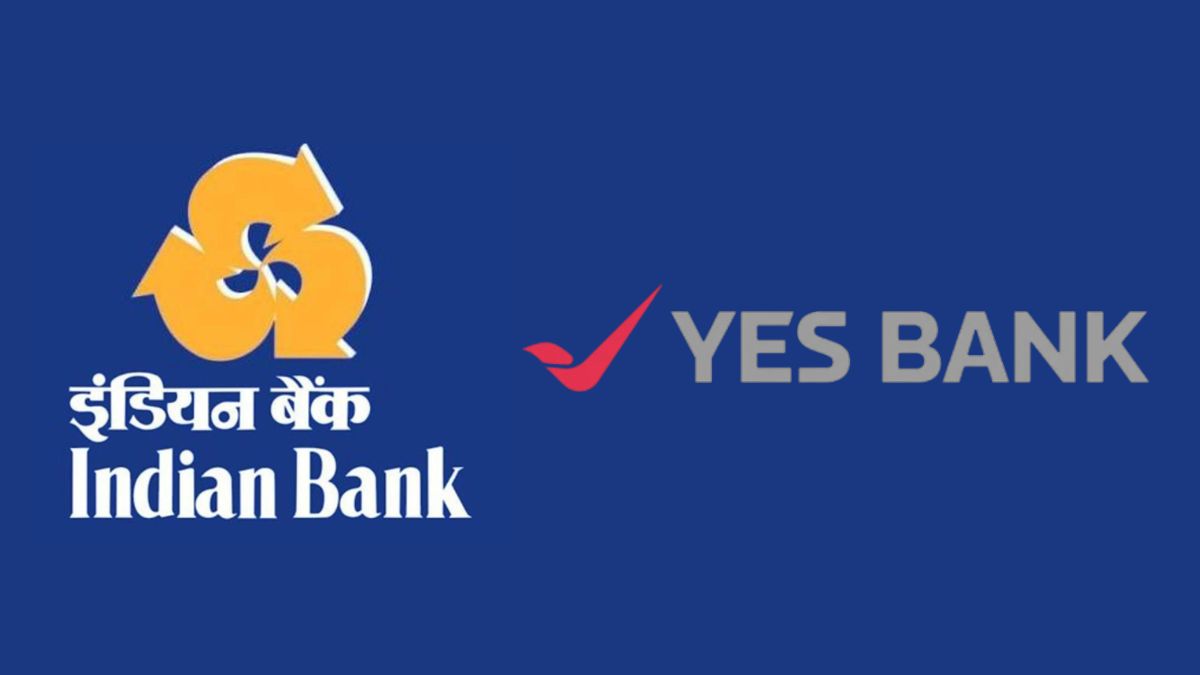With SEBI implementing fresh norms on index eligibility, the race to enter the Nifty Bank index has intensified — and Indian Bank along with Yes Bank have emerged as the top contenders, according to market analysts.
What changed in SEBI’s rules?
Under the new framework, SEBI has simplified and broadened eligibility criteria for index inclusion. The updated norms focus on:
-
Increased liquidity rules
-
Higher free-float market cap requirements
-
Greater inclusion of public-shareholding firms
-
Reduction in dependence on purely free-float calculations
This change is expected to allow more banks to qualify for inclusion in the key benchmark index basket.
Why Indian Bank and Yes Bank are in the spotlight
Indian Bank and Yes Bank are being discussed widely due to:
Indian Bank
-
Strong improvement in quarterly performance
-
Increase in asset quality and consistent loan book growth
-
Higher free-float market cap in recent months
Yes Bank
-
Rising liquidity and trading volumes
-
Strengthening balance sheet post-recapitalisation
-
Positive investor sentiment and improving asset quality trends
Analysts believe both banks now meet several criteria required for potential Nifty Bank inclusion, making them leading candidates when the next rebalancing takes place.
What it means for the market
If either bank is included in the benchmark index, it could lead to:
-
Higher institutional inflows
-
Increased stock visibility and liquidity
-
Stronger valuations over time
Market experts suggest that passive funds tracking Nifty Bank could bring significant buying interest into whichever stock makes the cut.
When could the changes take effect?
NSE reviews its index composition twice annually, and any addition triggered by the new SEBI norms is expected to reflect during the upcoming rebalance window.


